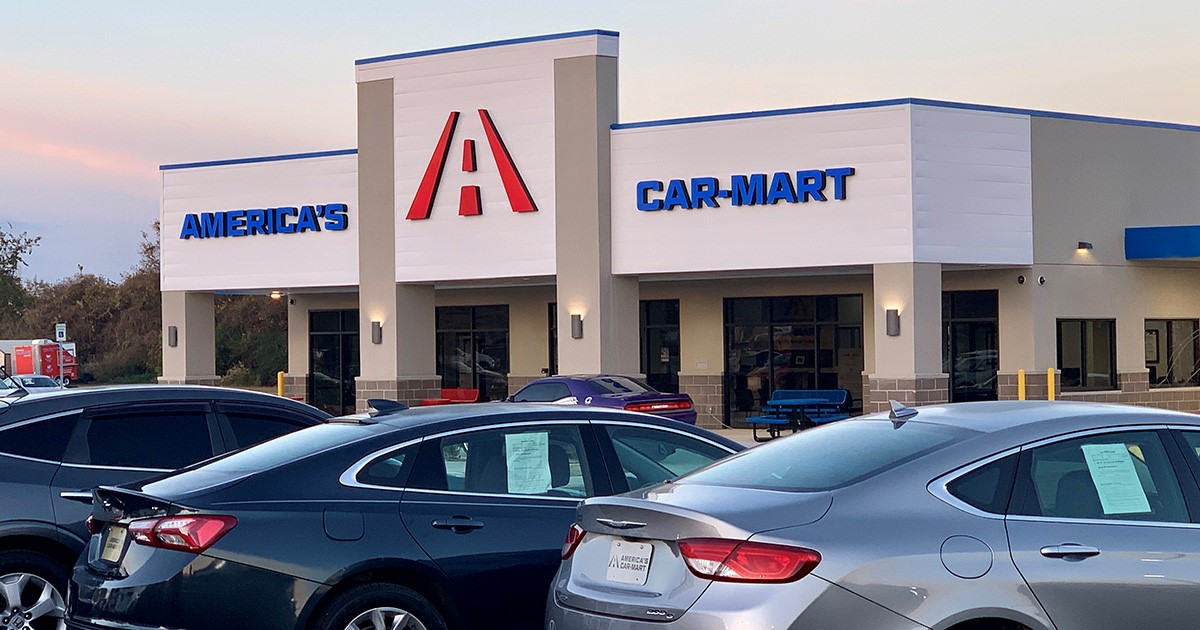Buying a New Car in 2025? Here’s Why It Could Be a Financial Nightmare: How to Navigate the 2025 Car Market Like a Pro🚨💰
If you’re thinking about buying a new car in 2025, brace yourself for some serious financial roadblocks. From sky-high vehicle prices to soaring interest rates and the dreaded  negative equity crisis, car buyers are facing an uphill battle. CBS News correspondent Elise Preston breaks down the reality of today’s auto market in a recent video, revealing why nearly one in four new car shoppers are finding themselves trapped in financial distress.
negative equity crisis, car buyers are facing an uphill battle. CBS News correspondent Elise Preston breaks down the reality of today’s auto market in a recent video, revealing why nearly one in four new car shoppers are finding themselves trapped in financial distress.
🚗 Sticker Shock: New Cars Cost More Than Ever
Gone are the days of affordable new cars—the average price of a new vehicle has now surpassed $48,000! Whether it’s due to inflation, supply chain disruptions, or shifting consumer demand, one thing is clear: owning a brand-new car has never been more expensive. For many buyers, this means taking on larger auto loans and facing long-term financial commitments that could stretch budgets to the limit.
💳 The Negative Equity Nightmare
Here’s where things get really tricky: nearly 25% of new car buyers owe more on their trade-ins than their cars are worth. This negative equity—when the remaining loan balance exceeds a car’s market value—can make upgrading to a new car incredibly costly. Some drivers are even $10,000 underwater on their current loans, making it nearly impossible to escape debt without taking a major financial hit.
📈 Interest Rates Are Pushing Car Payments Through the Roof
Financing a car in 2025 is more expensive than ever, with interest rates averaging 7.2% on new car loans. This means buyers are shelling out higher monthly payments, often exceeding $1,000 per month. A larger chunk of every payment goes towards interest rather than reducing the loan balance, making it harder for car owners to build equity in their vehicles.
⏳ 84-Month Loans: A Trap in Disguise?
To cope with high prices, more buyers are opting for extended loan terms, with 84-month (7-year) financing becoming increasingly common. While this strategy lowers monthly payments, it also keeps buyers locked in debt for longer and increases the risk of negative equity. A longer loan term means it will take years before the car is worth more than the remaining loan balance, leaving buyers vulnerable to depreciation and financial instability.
⚡ Are Electric Vehicles (EVs) the Answer?
With traditional car ownership becoming less affordable, electric vehicles (EVs) are emerging as a potential solution. According to experts, EVs could save buyers up to $20,000 in long-term costs through reduced fuel expenses, tax incentives, and lower maintenance costs. As the auto industry shifts toward electric options, making the switch to an EV could be a smart financial move for budget-conscious consumers.
💡 How to Navigate the 2025 Car Market Like a Pro
If you’re in the market for a new ride, financial experts recommend a few key strategies to avoid falling into a debt trap:
✔️ Hold onto your current car longer to avoid overpaying in today’s inflated market.
✔️ Monitor interest rates and secure the best financing deal possible.
✔️ Consider an electric vehicle for potential long-term savings.
✔️ Avoid long-term loans whenever possible to build equity faster.
✔️ Always check your trade-in value before heading to the dealership to prevent getting stuck with negative equity.
Final Thoughts: Is Now the Right Time to Buy?
With soaring car prices, high interest rates, and negative equity concerns, 2025 is shaping up to be a tough year for car buyers. While a new car might be tempting, rushing into a purchase without careful financial planning could lead to major regrets. Before signing that loan agreement, take a step back, evaluate your finances, and consider all your options—because in today’s market, the wrong car deal could cost you far more than you bargained for.
💬 What do you think? Are you holding off on buying a new car this year, or are you ready to take the plunge despite the financial hurdles? Drop a comment below! 👇🚘
Comments
Post a Comment